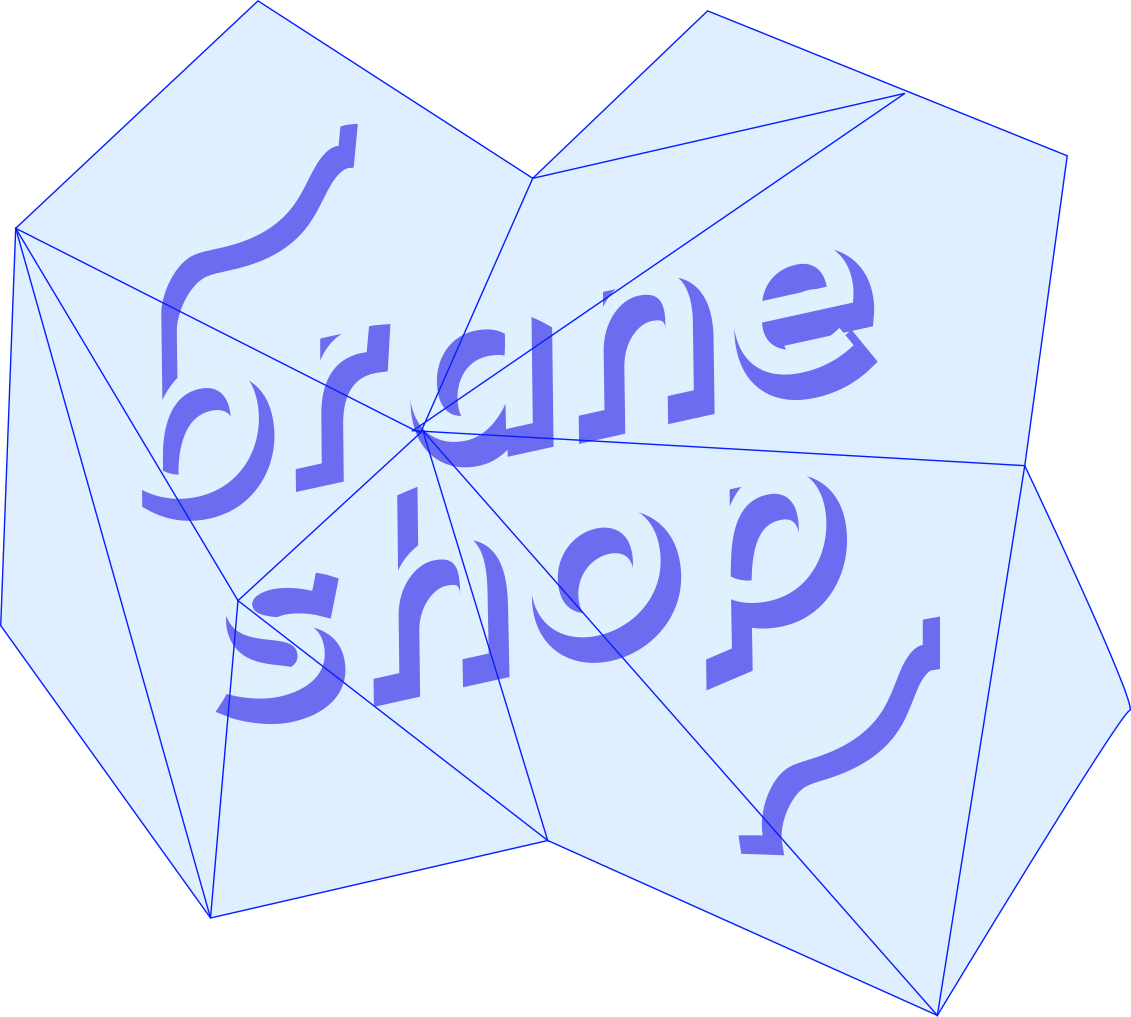Braneshop - "A Living Business" - Part 1 of 3

Inspirations for a different way of thinking about the Braneshop business.
- Part 1 of 3 - Inspiration (this page)
- Part 2 of 3 - The Idea: A Living Business
- Part 3 of 3 - Patterns for Braneshop
As the year draws to a close, and Braneshop is almost a year old (woo!) we have been thinking a lot about our business goals. As such, I (Noon) have been having some discussions with different people and businesses about how Braneshop could align and/or collaborate with their businesses, naturally this has lead into a lot of conversations about where Braneshop is “heading”.
The question is this: What kind of business is Braneshop? How do I see it changing over the years? What are our aims?
After thinking about it for a while, I think it’s nicely captured by the idea of what I’m going to call “A Living Business”.
What does that mean?! In the following blog two blog posts, I’ll talk about what inspired it and what it means to us. We welcome you to reach beyond the usual business comfort-zone and read on!
First up, in this post, we’ll explore the inspirations. I start by introducing them and then end with what we define as “A Living Business”. (If you want to skip straight to the details, you may do so by clicking here.)
First Inspiration: Christopher Alexander
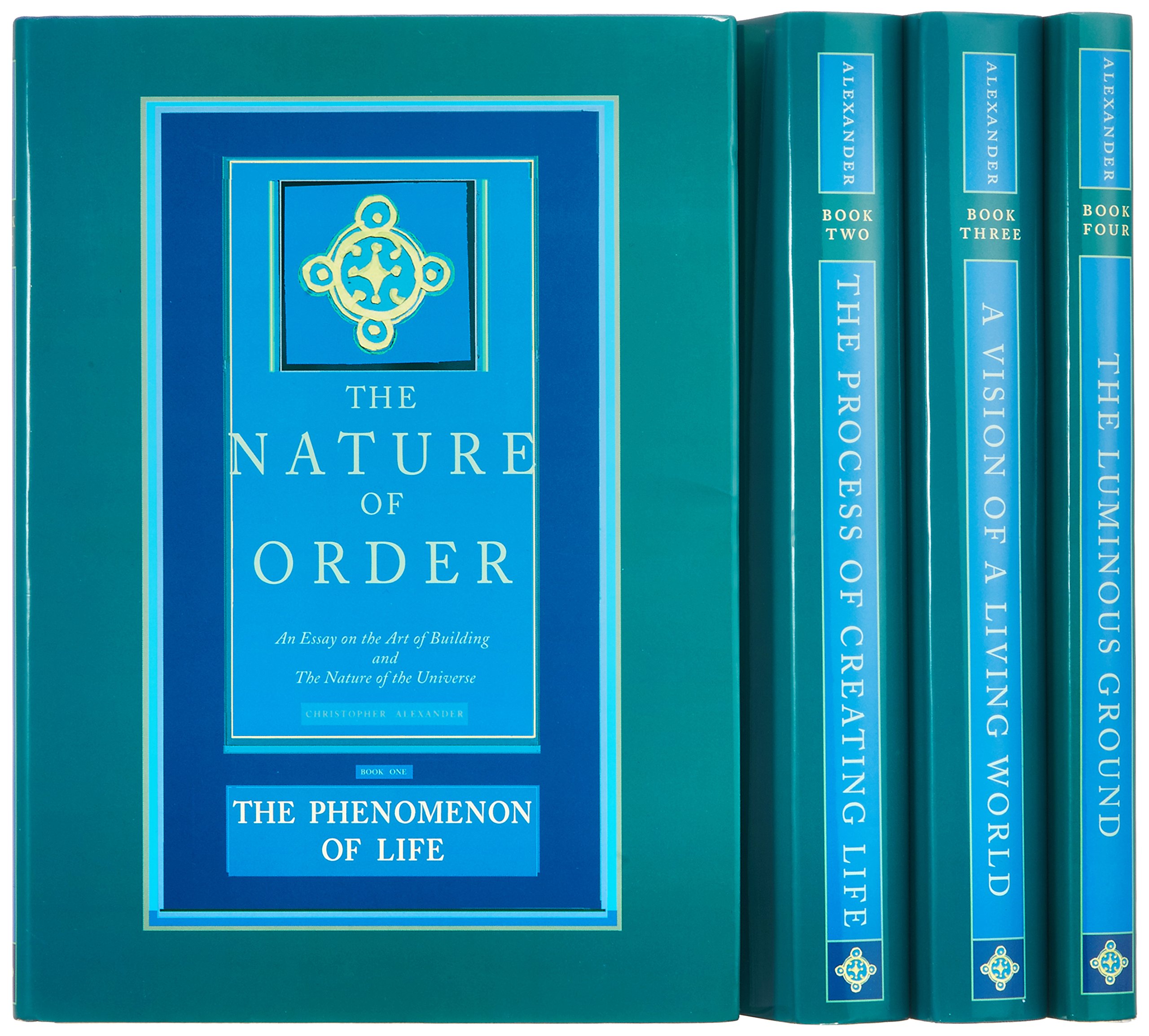
One of my favourite discoveries of recent years has been the work of Christopher Alexander and colleagues.
Introduced to me by my good friend Reuben, I started with The Timeless Way of Building. Some of my new favourites are The Oregon Experiment and, as we shall see, The Nature of Order.
One of the big focus points for this work is: What makes something feel “alive”? We know it when we walk into a space and it just makes us feel good. How can we quantify that idea? How can we construct it? He goes into significant detail in the Nature of Order series.
His exploration lies predominantly within the field of architecture and urban planning, but we believe this exploration can extented further. So, we have been attempting to explore some of the elements he sets out but in the context of a business, in particular in the context of Braneshop.
Here are some of the elements brought up, and my interpretation of them within Braneshop.
| Architecture/Urban Planning | Braneshop/Business |
|---|---|
| How well does this building interact with its environment? | How well does the Braneshop integrate into the local business landscape? |
| How should it be constructed? Entirely pre-planned? Adapted to it’s environment? Who was involved in the construction? The people that will live there? | What kind of planning should be involved in the business, and who should be involved? |
| How do things change over time? Should a building ever be “finished”? | Should there be an end-point? An ultimate goal? |
| How were problems discovered and addressed? | How do we decide which parts of the business are going well, and which parts are going badly? |
| Where should attention be focused when it comes time to make changes? | What should be our focus and over what time period? |
Taken together, this offers a different way of coming up and acting on a business plan. It also allows us to think about how we’re going to integrate into the existing community, and prompts us to think about the impact the business has on ourselves, and others around it.
Inspiration #2: Mindfulness
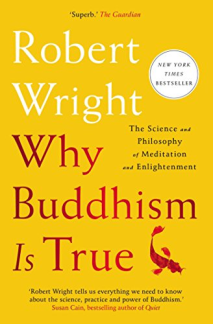
I have been really enjoying reading books on Buddhism and mindfulness, and specifically, books that talk about the “scientific” adoption of certain mindfulness ideas.
Perhaps one of the best examples of this is Why Buddhism Is True (a nice/funny talk by the Author), a book that was recommended to me by my friend Julia.
The focus of this book is to on how scientific ideas in modern psychology are related to ideas in Buddhism, which at first might seem mystical. Although the title is provocative, the book itself is very reasonable and well worth a read.
| Mindfulness/Buddhism | Braneshop/Business |
|---|---|
|
Focus on “awareness”. Ability and intention to focus on “the present”. |
How does “the present” relate to business planning? |
| Empathy for ourselves and others. |
Are we aware of how we’re impacting the community? What can we do to build empathy? |
| Desire not to cause harm and suffering to ourselves and others. | How do we improve things in our community? |
Overall, it’s clear that while some forms of business are outright harmful, there are certainly many businesses aiming to do good in their community (many of whom are housed at OC House!)
I think one of the more interesting avenues of thought around being aware of the present — “living in the present” — and how it relates to every day and long-term business activities.
Final Inspiration: The Value of Everything
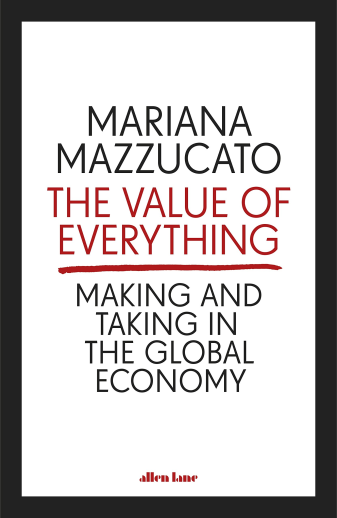
I first heard of Mariana Mazzucato when I saw her speaking in a panel at the Wheeler Centre. She was there to talk about her book The Value of Everything and discuss ideas around economic growth that is innovative, inclusive and sustainable, as well as the role of government and the public sector in creating “value” in the economy.
The book is a really inspiring discussion of economics, a history on how society decides what work is considered “valuable”, and a discussion on what level of involvement the government should have in innovation.
One topic that stood out is the idea of “Shareholders”, people who hold a percentage of your company, versus “Stakeholders”, people whom your company impacts, financially or otherwise.
She raises the observation that maximising “shareholder” value is not the only thing a business can do. A business exists within an ecosystem; within the environment, and impacts people and it’s ecosystem. She suggested that measuring this impact is not accounted for by current business practices.
This simple, yet powerful, idea has captured the attention of people in industry, from B-Corps to community organisations and social enterprises.
As before, we have been taking in Mazzucato’s ideas and considering what they mean in the context of Braneshop.
| The Value of Everything | Braneshop/Business |
|---|---|
| What activities create “value”? | What are we trying to improve? |
|
How does valuable work and other activities relate to GDP? Is GDP a good measure of an economy? |
How do we measure and think about our impact? |
|
Stakeholders vs. Shareholders. Maximising shareholder value, or something else? |
Who do we impact? Should we be going for maximum profit, or something else? |
This prompts ideas of metrics and measurements. What should we count? Who should we count for? What kind of growth matters, and how do we quantify it?
So …
We are using our inspiration to consider the ecosystem that is Braneshop, as a business.
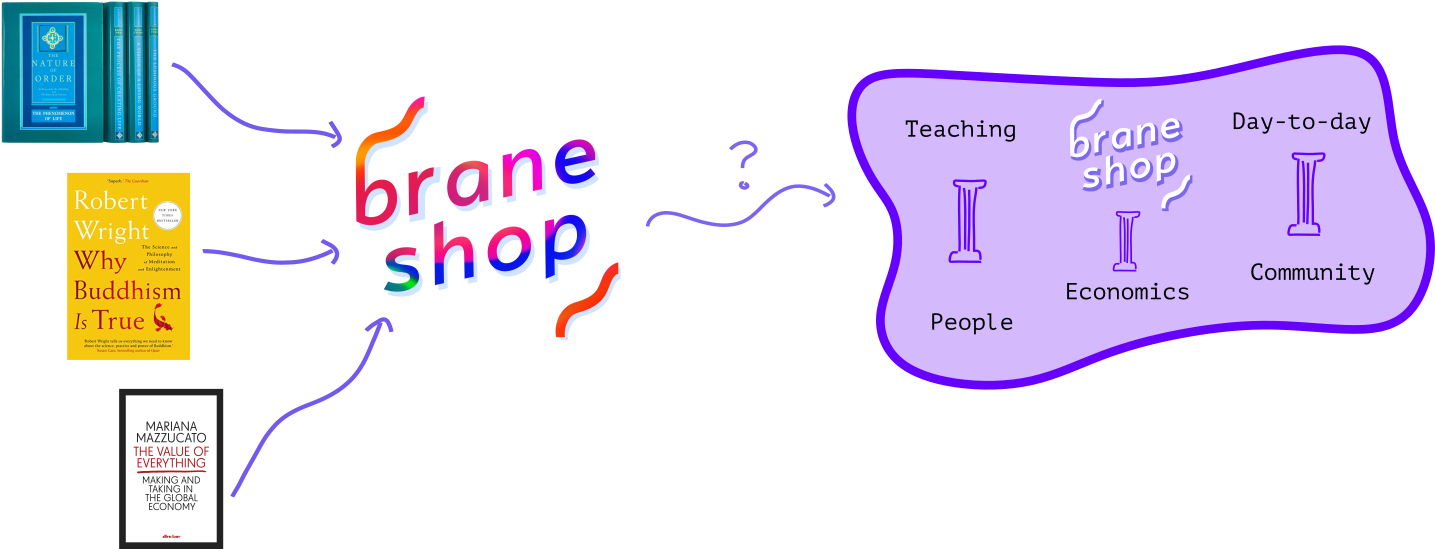
What are we about? What are our goals? How big do we want to be, or do we want to stay small? What swork should we go for, or what work should we pass on? Where do we want to be in 5 or 10 years?
And, ultimately:
How will these ideas and values help us make decisions day-to-day?
Read the follow-up here — The Idea: A Living Business
